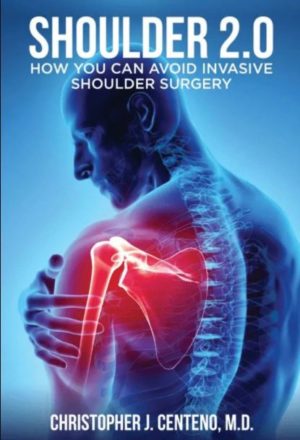Patients with shoulder pain unresponsive to conservative therapy often are prescribed radiographic studies for further evaluation. X-rays can not reveal rotator cuff tears, since tendons are compromised of soft tissue and not bone. X-rays evaluate bone.

Another diagnostic modality is ultrasonography, which does not expose the patient to radiation and is less costly than MRI studies. Teefey demonstrated that when ultrasonography and magnetic resonance imaging studies are read by radiologists with comparable experience, they have comparable accuracy for identifying rotator cuff tears.
What if the study is abnormal? Tempelhof examined the prevalence of rotator cuff tears in patients WITHOUT shoulder pain. He evaluated 411 volunteers and divided them into four age groups. 51% of the volunteers who were older than 80 years of age had a tear in the rotator cuff, yet no pain. The authors concluded that rotator cuff tears are present in patients without shoulder pain and increase in prevalence with age.
The key is to have a thorough history and physical examination. Radiographic studies should be used in conjunction with the examination to accurately determine the source of pain. At the Centeno-Schultz Clinic, we are committed to this standard. There are many therapies for rotator cuff tears which include prolotherapy and stem cell therapy. Utilizing a novel technique, patients are able to use their own stem cells to regenerate torn or damaged ligaments, tendons, and cartilage.
